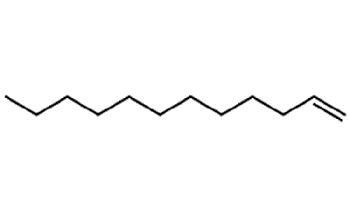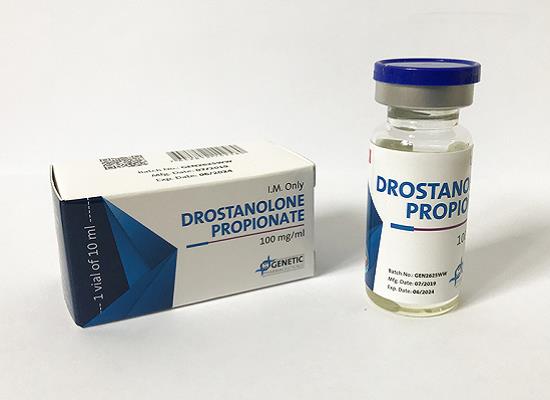1-Octadecene: applications and safety
General Description
1-Octadecene is a versatile compound used in various applications. It has been studied as a solvent for ferrofluids and found to be well-tolerated in the intraocular environment, without causing retinal cytotoxicity. However, it does elicit an inflammatory response in the vitreous. In the synthesis of nanomaterials, 1-Octadecene plays a crucial role in inducing bright photoluminescence and passivating the surface of silicon nanorods, preventing surface oxidation. It is also widely used as a co-grafting agent in reversed-phase liquid chromatography stationary phases, enhancing their performance in separating and analyzing compounds. However, it should be noted that 1-Octadecene can cause skin irritation, as observed in human volunteers. Overall, 1-Octadecene has valuable applications but requires careful consideration of its safety profile.
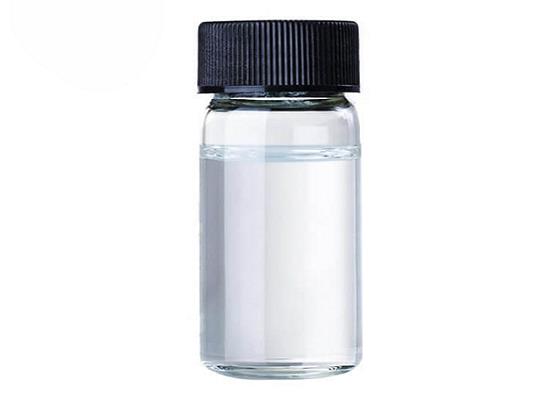
Figure 1. 1-Octadecene
Applications
Solvent for ferrofluids
1-Octadecene is a hydrocarbon with one double bond that can be used as a solvent for ferrofluids. A pilot study was conducted to assess the intraocular tolerance of 1-octadecene. In a study, vitreous compression was induced in the eyes of albino rabbits using perfluoropropane gas. After four days, a fluid-gas exchange was performed, with sixteen eyes receiving 1-octadecene and four eyes receiving balanced salt solution. The eyes were examined at various time points (3, 7, 14, and 30 days) and histological analysis was conducted. The results showed that emulsification of the oil bubble occurred in 31.25% of the cases by the fifth day. However, light microscopy revealed normal retinal architecture in all eyes, indicating that 1-octadecene did not have a cytotoxic effect on the retina. Additionally, an inflammatory response was observed in the vitreous activity, with epiretinal and vitreous macrophages present in 50% of the eyes. In conclusion, 1-Octadecene appears to be well-tolerated in the intraocular environment, without causing retinal cytotoxicity. However, it does elicit an inflammatory response in the vitreous. 1
Synthesis of nanomaterials
1-Octadecene has been widely used in the synthesis of nanomaterials. In the process of growing silicon nanorods through trisilane decomposition, ODE plays a crucial role in inducing bright photoluminescence with high quantum yields. The presence of tin nanocrystals and dodecylamine in the reaction mixture induces solution-liquid-solid growth of nanorods while dodecylamine serves as a stabilizing ligand. The as-prepared nanorods are not luminescent due to residual surface oxide. However, etching with hydrofluoric acid removes the oxide layer, leaving behind a clean surface for further functionalization. Thermal hydrosilylation with 1-octadecene induces bright photoluminescence with quantum yields of 4-5%. This indicates that ODE not only acts as a hydrosilylation reagent but also passivates the surface of the nanorods, preventing surface oxidation for months when stored in air. This stability is further confirmed by X-ray photoelectron spectroscopy. In conclusion, 1-Octadecene plays an essential role in the synthesis of luminescent silicon nanorods. Its ability to passivate the surface of nanorods and prevent surface oxidation makes it a critical component in the functionalization of these materials. 2
Stationary phases of reversed-phase liquid chromatography
1-Octadecene is widely used as a co-grafting agent for making reversed-phase liquid chromatography (RPLC) stationary phases, as demonstrated by Sil@ODNVP, Sil@ODVIm, and Sil@ODVPy. RPLC is a popular analytical technique for separating and analyzing various compounds based on their hydrophobicity. The peak broadening phenomenon in RPLC mode can be minimized by using long-chain co-grafting agents such as 1-octadecene. By adding short-chain monomers like NVP, VIm, and VPy, the column efficiency and peak width can be further optimized. In particular, Sil@ODVIm and Sil@ODVPy, which contain VIm and VPy respectively, exhibit smaller peak widths and higher column efficiencies in separating PAHs, alkyl benzenes, aromatic acids, aromatic esters, and phenols. This is due to the stronger ion exchange capacity of VPy compared to NVP and VIm. Overall, 1-Octadecene plays a crucial role in enhancing the performance of RPLC stationary phases, making it a valuable component in the chemical industry. The use of 1-Octadecene co-grafted with short-chain monomers like VPy and VIm provides a promising direction for developing new and efficient chromatographic stationary phases. 3
Safety
1-Octadecene is a chemical compound commonly used in various industrial applications. However, its safety profile warrants careful consideration. In a skin irritation study conducted on human volunteers, it was found that 16 out of 18 subjects experienced moderate to strong symptoms such as redness, swelling, and raised skin lesions within 30 minutes of application. After 24 hours, 17 individuals still exhibited similar signs, and in 9 cases, the effects extended beyond the initial application site. On the positive side, a separate study involving 36 human volunteers concluded that 1-Octadecene does not have sensitizing properties. Nevertheless, caution should be exercised as it may cause skin irritation, as indicated in the IUCLID database and Aldrich Material Safety Data Sheet. 4
Reference
1. Tejada P, Méndez MJ, Madero S, Cava C, Barcelo A, Castellano V. 1-Octadecene as a solvent for ferrofluids for intraocular use. Eur J Ophthalmol. 1997 Jul-Sep;7(3):288-293.
2. Lu X, Hessel CM, Yu Y, Bogart TD, Korgel BA. Colloidal luminescent silicon nanorods. Nano Lett. 2013 Jul 10;13(7):3101-3105.
3. Fan C, Quan K, Chen J, Qiu H. Comparison of chromatographic performance of co-grafted silica using octadecene respectively with vinylpyrrolidone, vinylimidazole and vinylpyridine. J Chromatogr A. 2022 Jan 4;1661:462690.
4. Agent Name: 1-Octadecene. Haz-Map. Information on Hazardous Chemicals and Occupational Diseases, CAS Number: 112-88-9.
);You may like
Related articles And Qustion
Lastest Price from 1-OCTADECENE manufacturers
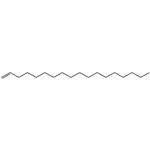
US $100.00-1.00/KG2024-03-25
- CAS:
- 112-88-9
- Min. Order:
- 1KG
- Purity:
- 99%
- Supply Ability:
- g-kg-tons, free sample is available
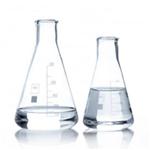
US $20.00/kg2024-02-27
- CAS:
- 112-88-9
- Min. Order:
- 1kg
- Purity:
- 99%
- Supply Ability:
- 5000 Ton

